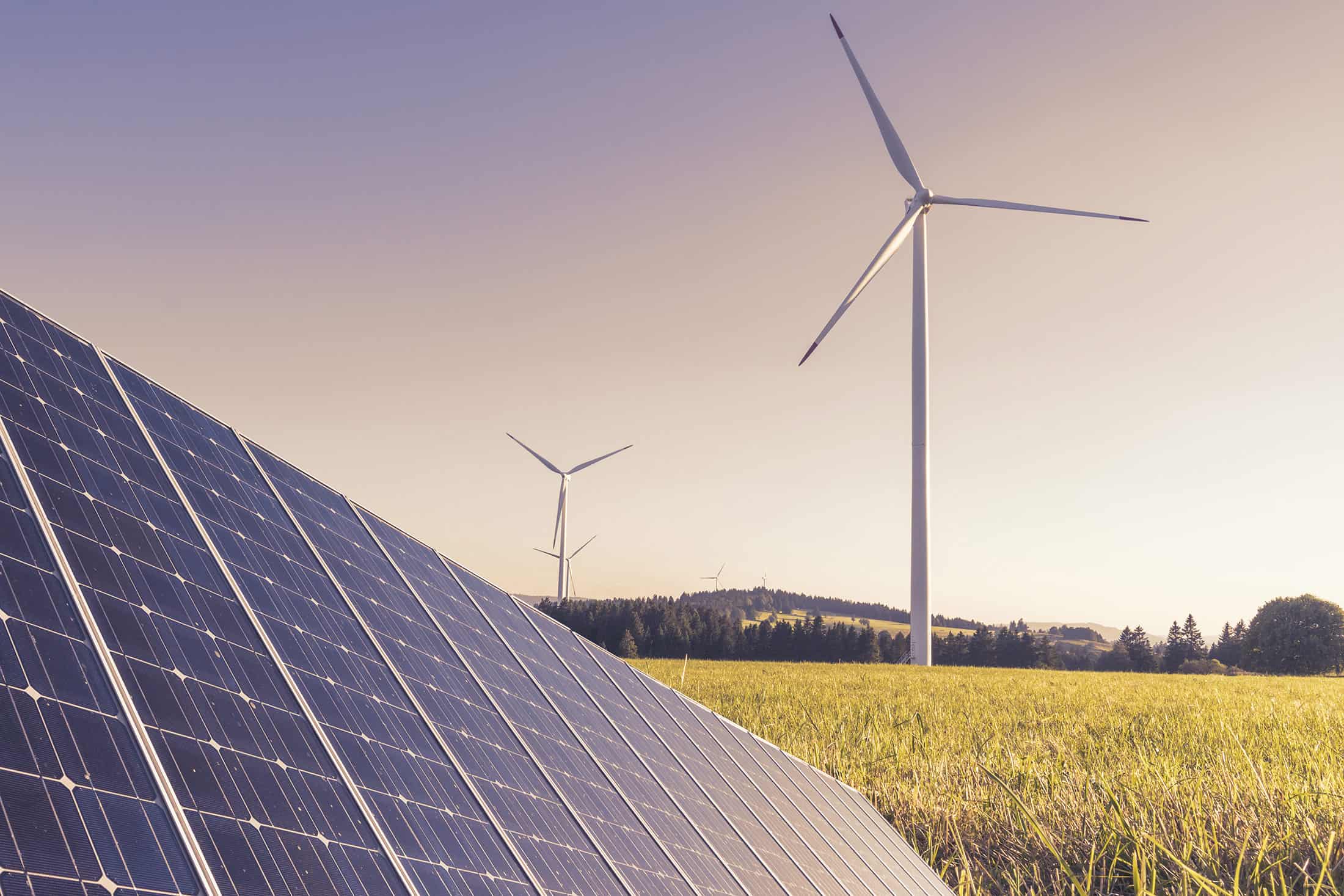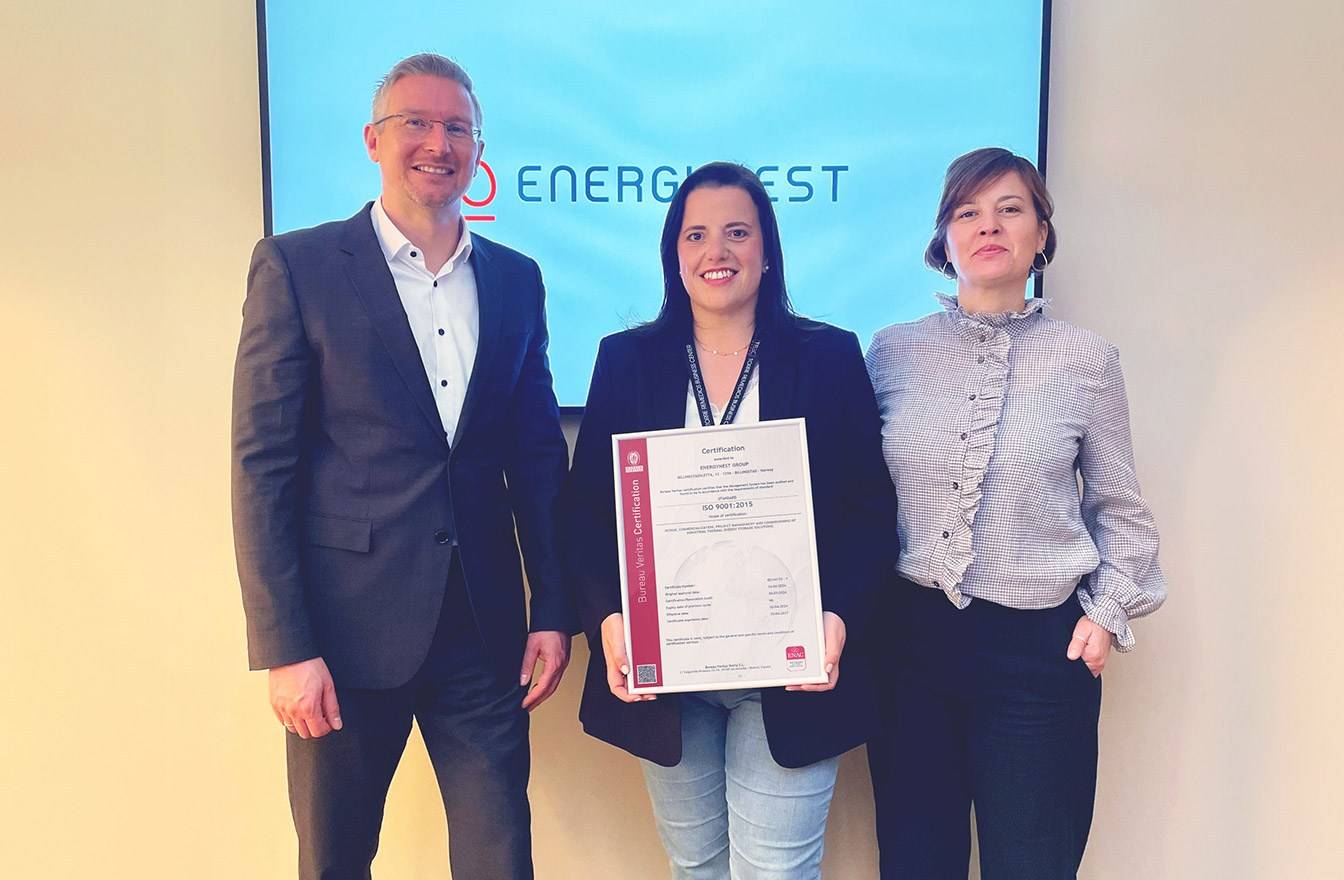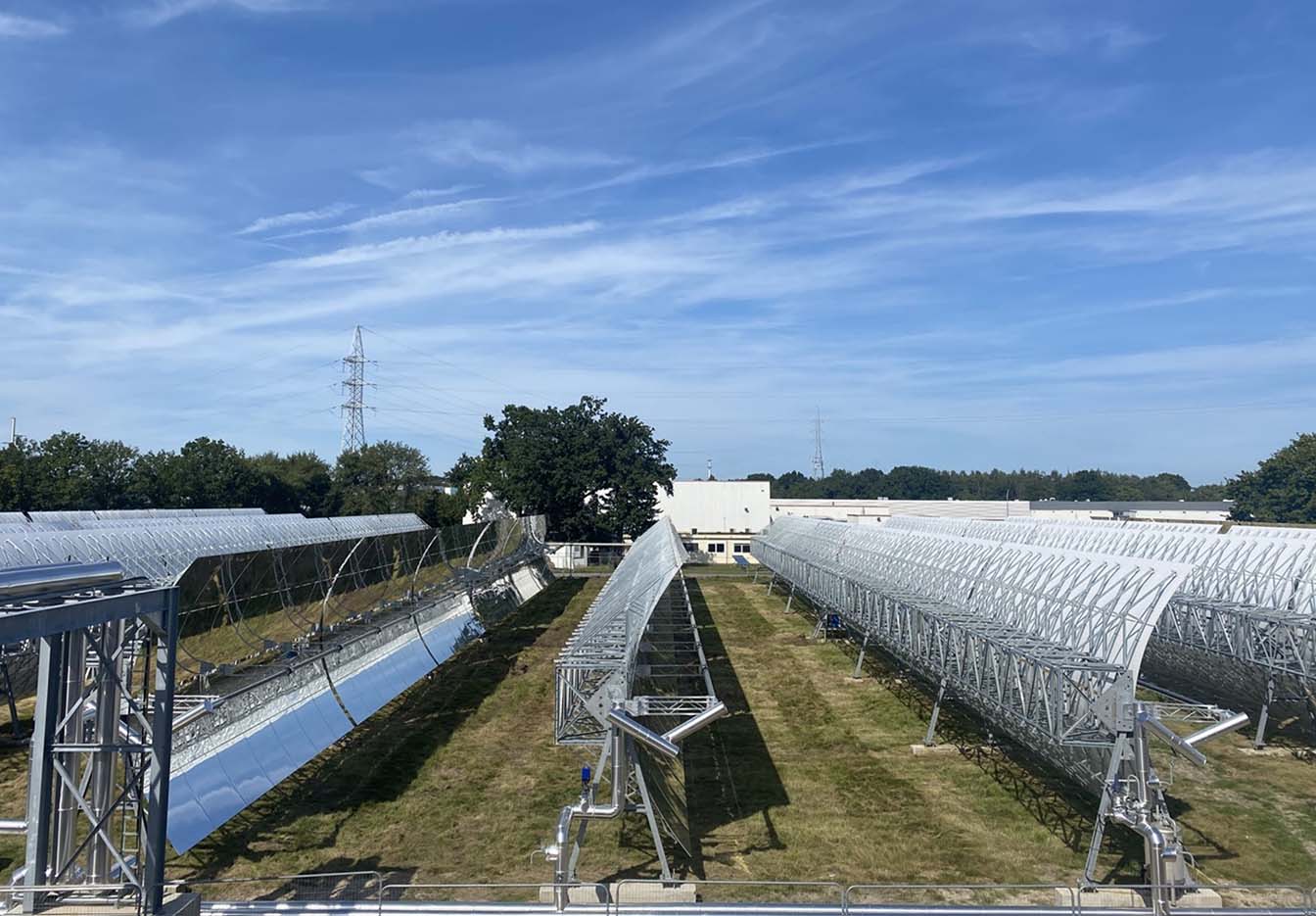Contradictory as it may seem, conventional thermal power plants fired by coal, gas, oil and nuclear have an important role to play in the transformation from fossil to renewable electricity. Currently, thermal power plants maintain grid stability and provide power when the wind is not blowing and the sun is not shining, ensuring that the lights are always on.
Flexible coal is not clean, but making existing coal plants more flexible enables the integration of more wind and solar power in the system.
Based on low marginal cost and zero emissions, wind- and solar energy are gradually forcing conventional power plants out of their “comfort zone,” from operating as traditional base load plants, towards an entirely different function as peaker plants. This implies more frequent starts/stops, cycling and operation at minimum power output. It also implies more stringent requirements to provide power system stability by way of ancillary services.
Conventional thermal power plants – for now and still some time ahead – remain crucial for providing system stability. Without them, the risk of black-outs would become unacceptable. A single black-out can easily affect millions of people in a severe manner and cost billions of US dollars in economic losses. Today, global power systems are in dire need of increased production flexibility to support the penetration of more renewable energy on the grid.
The flexibility of a power plant can be described as its ability to adjust the power fed into the grid, its overall bandwidth of operation and the time required to reach stable operation when starting up from a standstill. Plants with the ability to rapidly adjust power output to follow variable renewable energy are gaining an advantage over less flexible plants.
Take the case of coal, which currently supplies 40% of world electricity. Coal plants are limited by many factors, including high minimum boiler load (typically 40% of nominal capacity), low ramp/cycling rates, significant energy losses during shutdowns, and slow energy-intensive start-ups. In China, the rigidness of coal power is leading to significant curtailment of wind energy. Coal plants can be made more flexible through various retrofit measures, as experienced in Germany and Denmark. However, such measures, in addition to capital expenditure, can have a negative effect on plant lifetime and increase operation and maintenance (O&M) costs.
EnergyNest offers a fully demonstrated, cutting-edge, cost-effective solution that solves this issue. An EnergyNest thermal energy storage (TES) can be integrated directly in the steam cycle of a thermal power plant to provide much-needed flexibility while alleviating stresses on the boiler.
The most demanding, and therefore most lucrative system service, is primary frequency response, requiring plants to provide a certain power reduction, or power boost, within seconds. Most energy companies are currently installing expensive battery systems to provide such response. The EnergyNest TES enables not only such ancillary services, but also wholesale electricity price arbitrage (at more than 70% round-trip efficiency), and participation in capacity- and reserve markets, at a fraction of the cost of batteries! Ongoing project evaluations with several owners of thermal power plant assets show that an EnergyNest TES integrated in a thermal power plant can be paid back in a very short time.
And yes, in the long-term, coal will be replaced by renewable energy. This is a good thing. Coal power plants are already being converted to burn biomass: Denmark’s largest power station recently replaced coal with wood chips and straw. Hence, EnergyNest offers a solution which not only offers value during the transition to fully renewable electricity, but which will also remain an integral part of future sustainable power systems.



